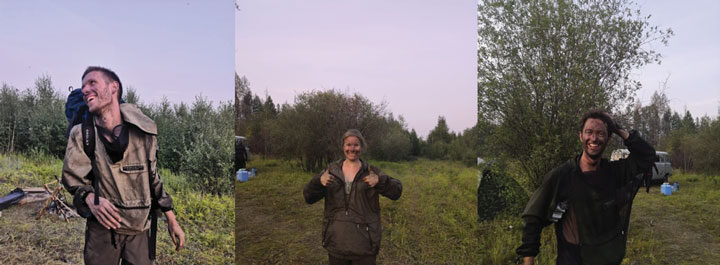
If only I could collect my thoughts about how I feel here in the tiny village of Batamay, idyllically located at the confluence of the Lena and Aldan rivers, after four weeks of campaigning in the burned larch forests of Northeast Siberia. But this process started much earlier. In December of last year we started analyzing satellite images to find suitable burn scars for carbon combustion sampling. Many people told me the idea of collecting data in Northeast Siberia is nice, theoretically, but logistically not feasible. These logistic challenges are likely part of the reason why so little data has been collected here. Yet, a data shortage in the large swaths of larch forests in Northeast Siberia is also a prime reason why we wanted to come here.
Are the logistical challenges in Siberia greater than in for example Alaska and Canada? From my experience, yes. This is mostly a matter of the difficult to travel ‘last mile’. It was surprisingly easy to reach the tiny villages of Ert and Batamay (of approximately 500 and 200 people), the small villages near our burn scars of interest. Reaching Batamay even included a scenic boat ride across the Lena river. From the villages it was about 5 km to the burn scar and 10 to 20 km to our camping sites. And this is where the adventure began. Did we get stuck in the mud? Yes, multiple times, but we made it out every time. Was it difficult to reach our sites? Yes, if often required scrambling over boggy grassland and woody debris, and through dense bush, but we always made it, and more importantly, we made it safely back to the camp. Were the stretches of camping and sampling physically challenging? Yes, we definitely felt weathered and sometimes charred, but rain or shine, we kept true to our goal of sampling more plots. And I feel proud about what we accomplished as a team! In total we measured 42 burned plots and 12 unburned plots. These plots cover gradients of forest types (larch and pine forests), fire severity and landscape position. In the fires, we collected data that will estimate carbon emissions. We also assessed how larch forests recover after fire and how the active layer, the seasonally thawed top layer of soils in permafrost regions, thickens after fire (at least before our active layer probe broke half way the campaign).
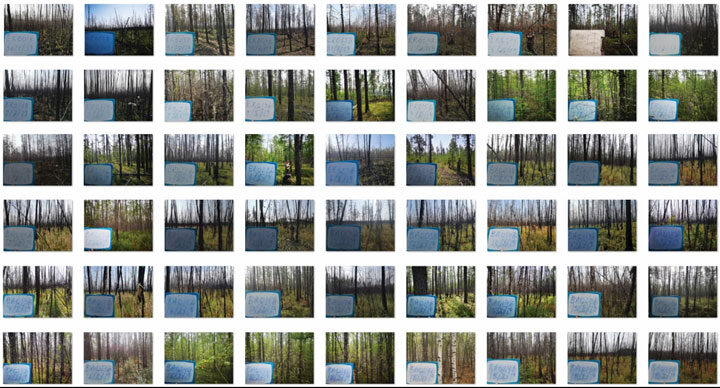
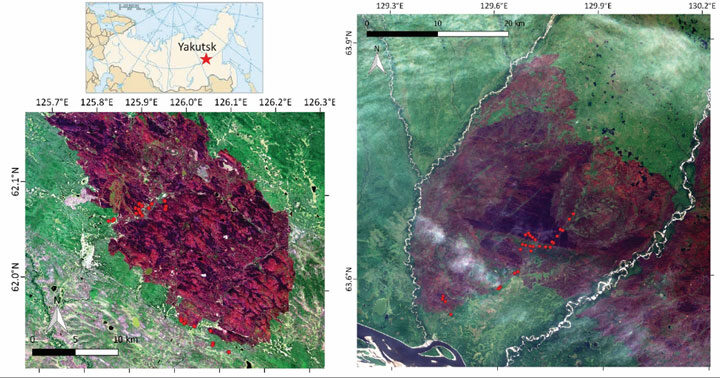
We are eager to analyze samples in the lab, and later interpret the data in our offices. We are hopeful the data we collected will improve our understanding of the role of fire in the Northeastern Siberian larch forests. We will graph our results, and write a manuscript. People will read our work, and may cite it and use our data. But we will be the only ones that know how this campaign really evolved; how we crossed rivers, woody debris and endless bush to get to these locations; how we shared our simple lunches of bread, salami, cheese, cucumber and tomatoes at some burned spot; how we were happy to finally take a serious wash in the banja, Russian sauna, when we came back in the village after days of camping. I am extremely thankful to my team for what we have accomplished. We realize that it is privilege to visit these remote places, yet this does not make the long days, difficult hikes and sometimes monotonous tasks any easier. We came from the Netherlands, USA and Russia to do this together. A big thanks to Clement, Rebecca, Dave, Tatiana, Brendan, Roman and Brian. I am also very grateful to our local collaborator Dr. Trofim Maximov from the Institute of Biological Problems of the Cryolithozone of the Siberian Branch of the Russian Academy of Sciences. Without Trofim and his team, none of this would have been possible. I was also touched by the welcoming and warm-hearted locals from our host villages. They were very curious to our endeavors, and even though language barriers inhibited our conversations, they also helped making our campaign a success.
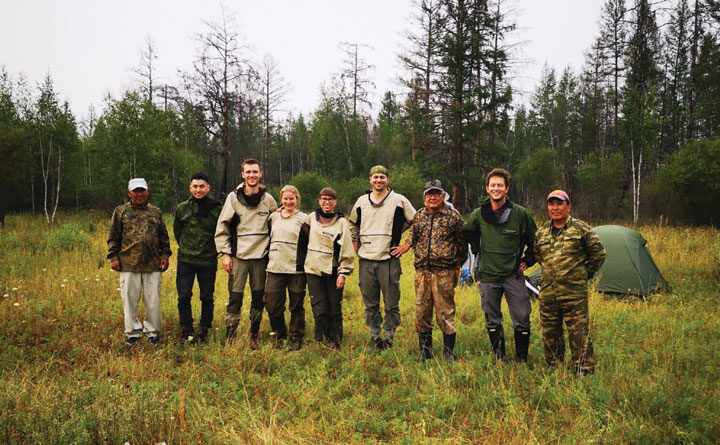
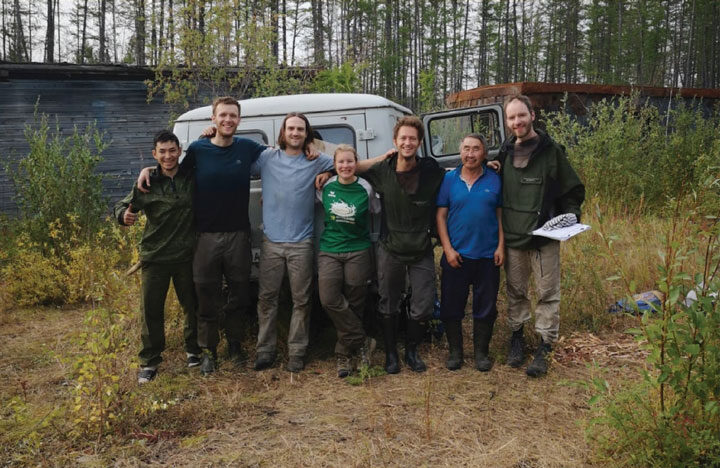
We sampled burn scars from 2017 and 2018. This year’s fire season in Siberia is extremely vigorous. Many days we experienced smoky skies partly veiling sunlight; a direct consequence of fires burning nearby. This year’s events also demonstrate the urgency of why we need to better understand the interaction between climate change and fires in Siberia. As our field campaign developed this year, we started talking more and more about next year’s campaign. We are intrigued by the current fires within the Arctic Circle in Northeast Siberia. We want to understand their climatic drivers and consequences. We will be back next year for Fire Expedition Siberia 2020.
This field campaign is part of the ‘Fires pushing trees North’ project funded by the Netherlands Organisation for Scientific Research (NWO) and affiliated with NASA ABoVE. This blog post was written by Sander Veraverbeke, assistant professor in remote sensing at Vrije Universiteit Amsterdam, and project lead of ‘Fires pushing trees North.’
Tags: ABoVE, FireExpeditionSiberia2019, FiresPushingTreesNorth, NASA, NOW, vuamsterdam




The group effort and integrity is inspiring
Are any of these arctic fires the result of explosive methane – where a crater is created or just methane seeps that ignite?
Thank you! We appreciate your research that will benefit us all.